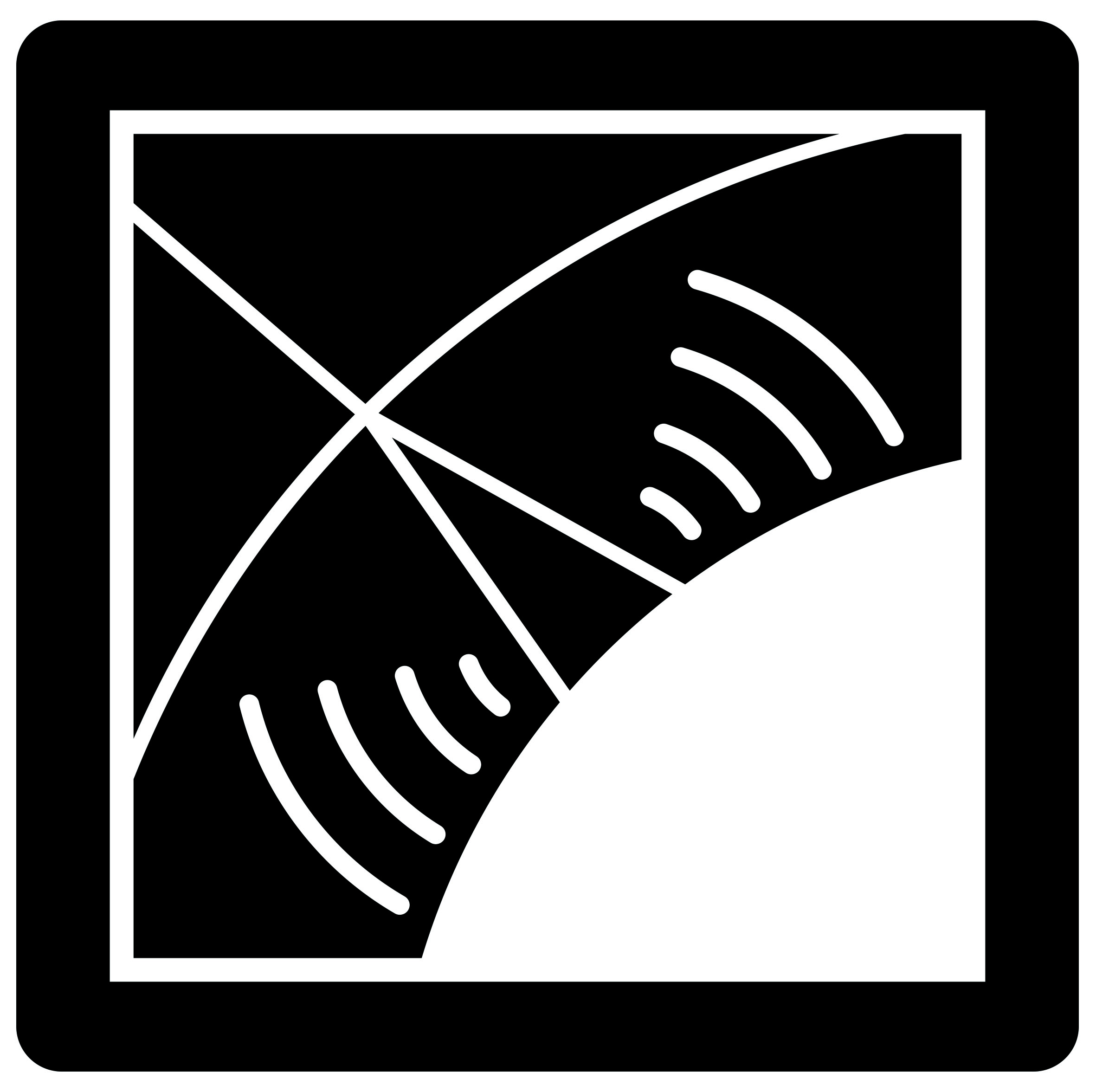RAuger-2
After the successful prototypes of RAuger-1 and taking advantage of the developement of the second generation of autonomous radio detection stations for CODALEMA (which was then on the way of its third version), the Subatech group improved the small detection array of RAuger-1 with 5 of these new stations.
The goal was to pursue the international effort on radio detection of cosmic rays engaged the year before by various teams of european countries, and to participate to the qualification of the Buterfly antenna for the forecoming AERA engineering array at the Pierre Auger Observatory. Installed in only 2 weeks and replacing the former RAuger1 stations (though using part of them, such as the solar panels), RAuger-2 immediately detected its first cosmic event in coincidence with the Auger SD the day it was powered on. The number of detected events increased by a factor of 4, demonstrating the large sensitivity of the Butterfly antenna and its CODALAMP amplifier in use in the stations, and contributing to its qualification as the antenna of AERA.
